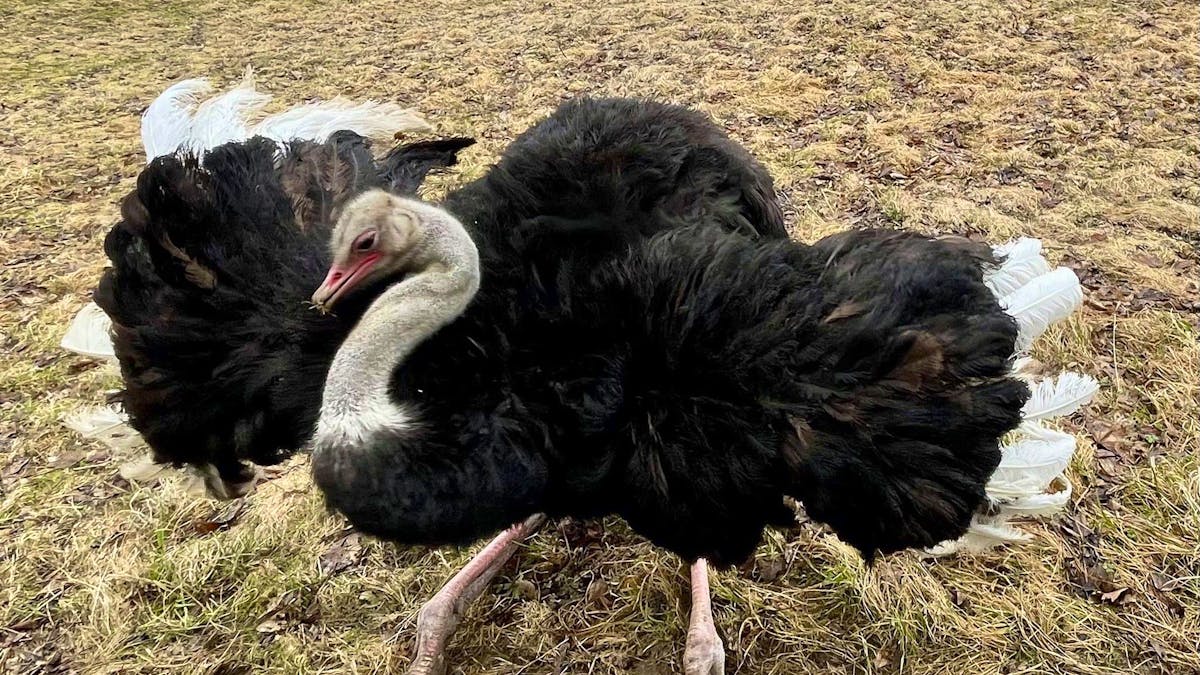The ostriches and emus family may not have been confined to firm land. The oldest known representative of this group of birds could even cross oceans, suggests a study published this Wednesday, September 17.
It is an enigma that has long occupied zoologists. The African ostriches, the Australian emus and casoars, the New Zealand Kiwis and the South American Nandous are all close relatives, called Paléognathes. In this family, only the Tinamous of South America are able to fly. And still are they not very clever, limiting themselves to short flights to escape a danger or overcome an obstacle.
How did these birds, visibly little able to travel, did to find themselves so far from each other? Scientists have long supposed that this family had emerged in Gondwana, a “supercontinent” which began to fragmented 160 million years ago to give birth to South America, Africa, Australia, India, Madagascar, New Zealand and Antarctica. The drift of the continents would have isolated the various representatives of these terrestrial birds.
Separated after the continents drift
But genetic studies have shown that “evolutionary separations between species of paleognathes have occurred well after” the dislocation of Gondwana, explains to AFP Klara Widrig, specialist in zoology of vertebrates at the National Museum of Natural History of the United States in Washington and main author of the study published in the “Biology Letters” of the British Royal Society.
With his colleagues, they analyzed an “exceptional” specimen of lithornithidae, “the oldest fossils of paleognathes discovered to date”, which lived in paleogenic (-66 to -23 million years). “As bird bones are generally fragile, they are often crushed during the fossilization process,” says Klara Widrig. But this fossil, a Lithornis promiscus Found in Wyoming and preserved in the museum’s collections, has been preserved in three dimensions and without distortion.
“Crucial made for this study, it has retained its original form”, which allowed researchers to scan its sternum, the bone to which the main muscles of the flight are attached, she continues. They deduced that the Lithornis promiscus was well capable of theft, either by beating wings continuously, or by alternating beaten flight and flat flight.
Its skeletal structure was similar to that of current herons and egrets, which “are capable of transoceanic crossings”, underlines Klara Widrig.
Other defense techniques
Why did the Paléognathes then become terrestrial? Birds tend to evolve towards the loss of theft when two essential conditions are met: “They must be able to find all their food on the ground, and there must be no predator who threatens them,” recalls the researcher.
A recent study discovered that lithornithids could have a vibrotactile organ at the end of the beak, which would have made them very effective to probe the soil in search of insects.
Remains the second condition. For Klara Widrig, it is “likely” that it is linked to the extinction of dinosaurs. “With the disappearance of large predators, terrestrial fucking birds could lose their ability to fly, which allowed them to save a lot of energy.”
The small mammals having survived extinction have only gradually evolved into predators, “which gave the birds unable to fly time to adapt, either by becoming rapid runners-like the emu, the ostrich and the nandou-, or by becoming dangerous and intimidating themselves-as the Casoar”, she details.

